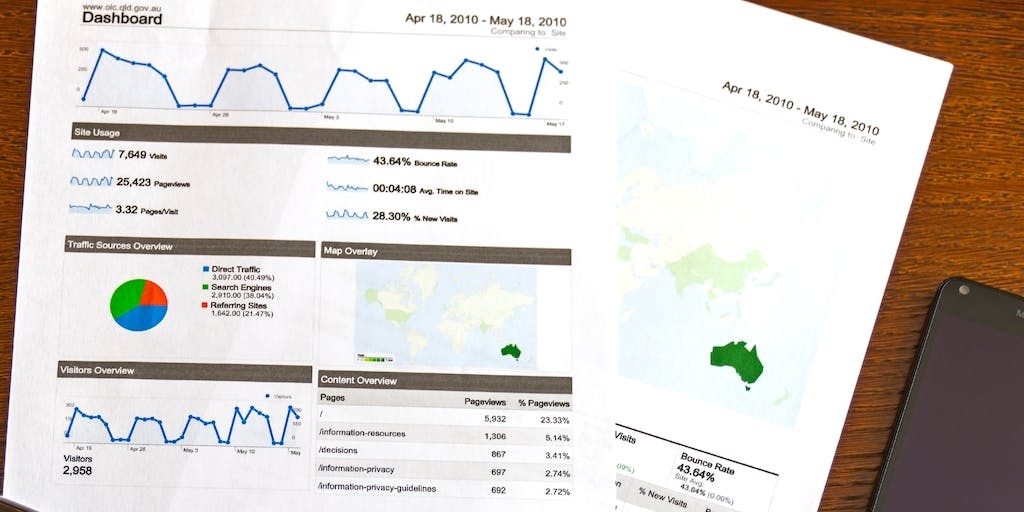Investors and analysts are always on the lookout for effective metrics to gauge a company’s financial health and performance. One such crucial measure is Return on Capital Employed (ROCE), a financial ratio that provides valuable insights into how efficiently a company utilizes its capital to generate profits. You can understand more about a company’s profitability by looking at their Income Statement and Balance Sheet.
Understanding Return on Capital Employed (ROCE)
Return on Capital Employed (ROCE) is calculated by dividing Earnings Before Interest and Taxes (EBIT) by Capital Employed, where Capital Employed is the difference between Total Assets and Current Liabilities. This ratio acts as a litmus test for a company’s operational efficiency and is a key indicator of its ability to generate returns on its invested capital.

See if you can calculate ROCE by looking at Tesla’s 2023 Q3 Earnings Statement.
Return on Capital Employed (ROCE) Industry Benchmarking:
One crucial aspect of interpreting ROCE is the industry context. Comparing a company’s ROCE to others within the same industry offers a more meaningful assessment. Certain industries, such as Utilities, Oil & Gas, Automobile, Manufacturing, Real Estate, Natural Resources, and Railroad, tend to be more capital-intensive. Understanding the benchmarks within these sectors is essential for a comprehensive analysis.
Consideration for Highly Leveraged Industries
Return on Capital Employed (ROCE) may not be as reliable a measure for industries with high leverage, such as banking. In these cases, where debt plays a significant role in financing operations, other metrics like Return on Equity (ROE), Return on Assets (ROA), and Return on Invested Capital (ROIC) may offer more accurate insights into a company’s performance.
Alternative Profitability Ratios
Return on Capital Employed (ROCE) is just one of several profitability ratios that investors and analysts use to evaluate a company. Other profitability ratios include:
- Return on Equity (ROE): Net Income (TTM) divided by Shareholders Equity (2-Period Average)
- Return on Assets (ROA): Net Income (TTM) divided by Total Assets (2-Period Average)
- Return on Invested Capital (ROIC): Difference between Net Income (TTM) and Dividends divided by the sum of Debt and Equity
These ratios provide additional dimensions for a comprehensive analysis of a company’s financial health.
Wisdom from Charlie Munger:
The renowned investor and Berkshire Hathaway vice chairman, Charlie Munger, emphasized the correlation between a stock’s long-term performance and the underlying business’s return on capital. His famous quote highlights the importance of investing in businesses with sustained profitability to secure favorable returns over time.
Over the long term, it’s hard for a stock to earn a much better return than the business which underlies it earns. If the business earns 6% on capital over 40 years and you hold it for that 40 years, you’re not going to make much different than a 6% return even if you originally buy it at a huge discount. Conversely, if a business earns 18% on capital over 20 or 30 years, even if you pay an expensive looking price, you’ll end up with a fine result. So the trick is getting into better businesses. And that involves all of these advantages of scale that you could consider momentum effects.
Cautionary Note on Past Performance:
While Return on Capital Employed (ROCE) and other financial ratios provide valuable insights, it is crucial to remember that past returns do not guarantee future performance. Economic cycles, marked by expansion and contraction phases, can significantly impact a company’s profitability. Investors must exercise caution and consider broader market conditions when interpreting financial metrics.
Return on Capital Employed (ROCE) stands as a critical metric in the toolkit of financial analysts and investors. Its sheds light on a company’s efficiency in utilizing capital for profit generation makes it an invaluable tool for decision-making. However, a holistic approach that considers industry benchmarks and alternative ratios are essential for a thorough evaluation. As with any financial metric, ROCE should be used alongside other indicators to form a well-informed and comprehensive analysis of a company’s financial standing.





